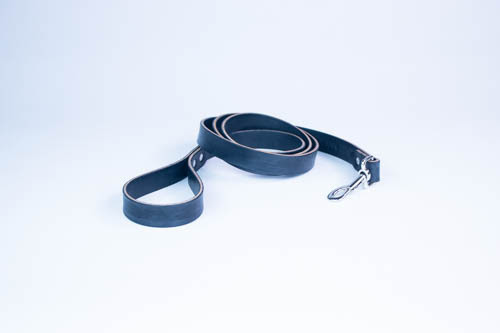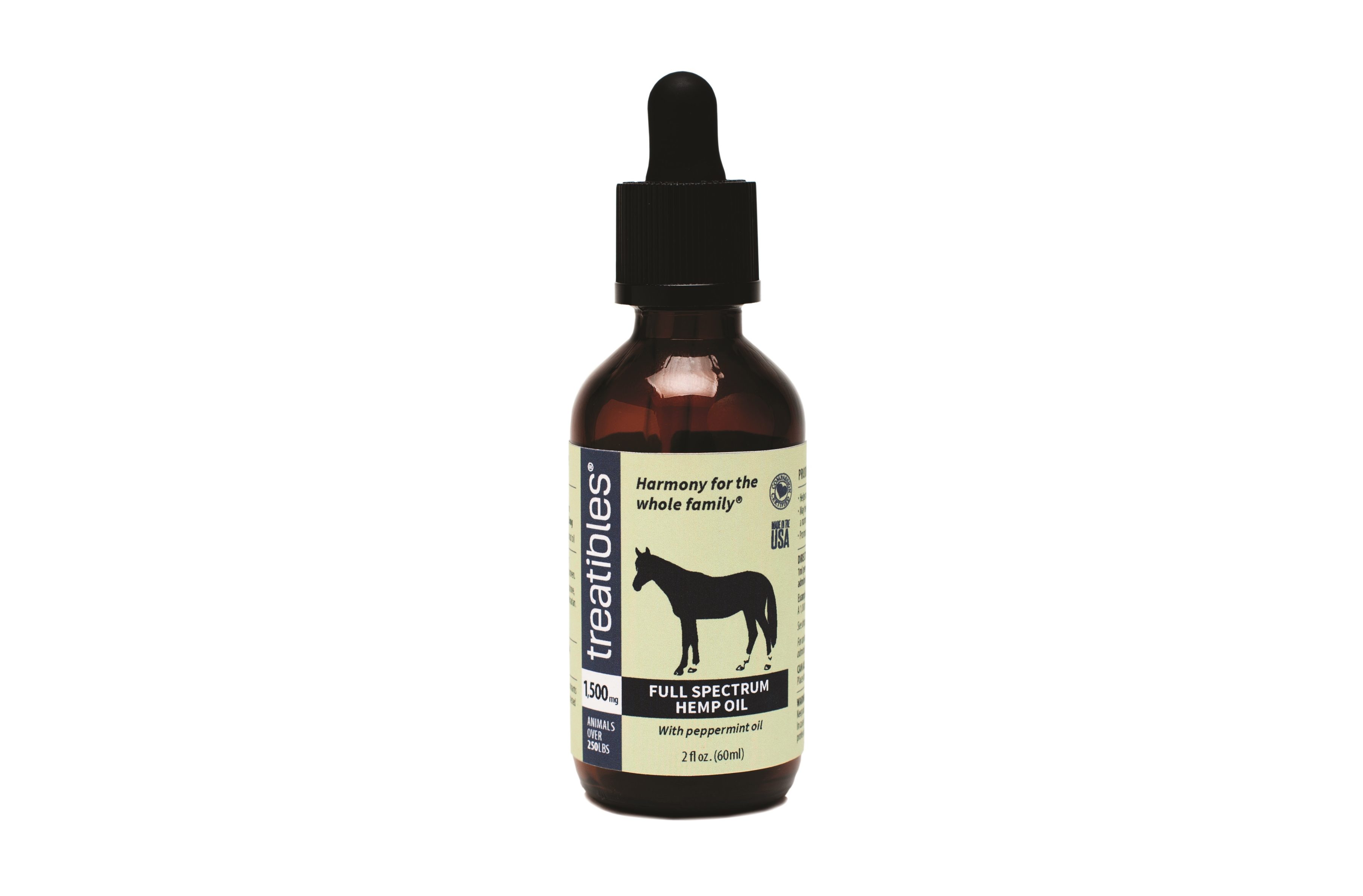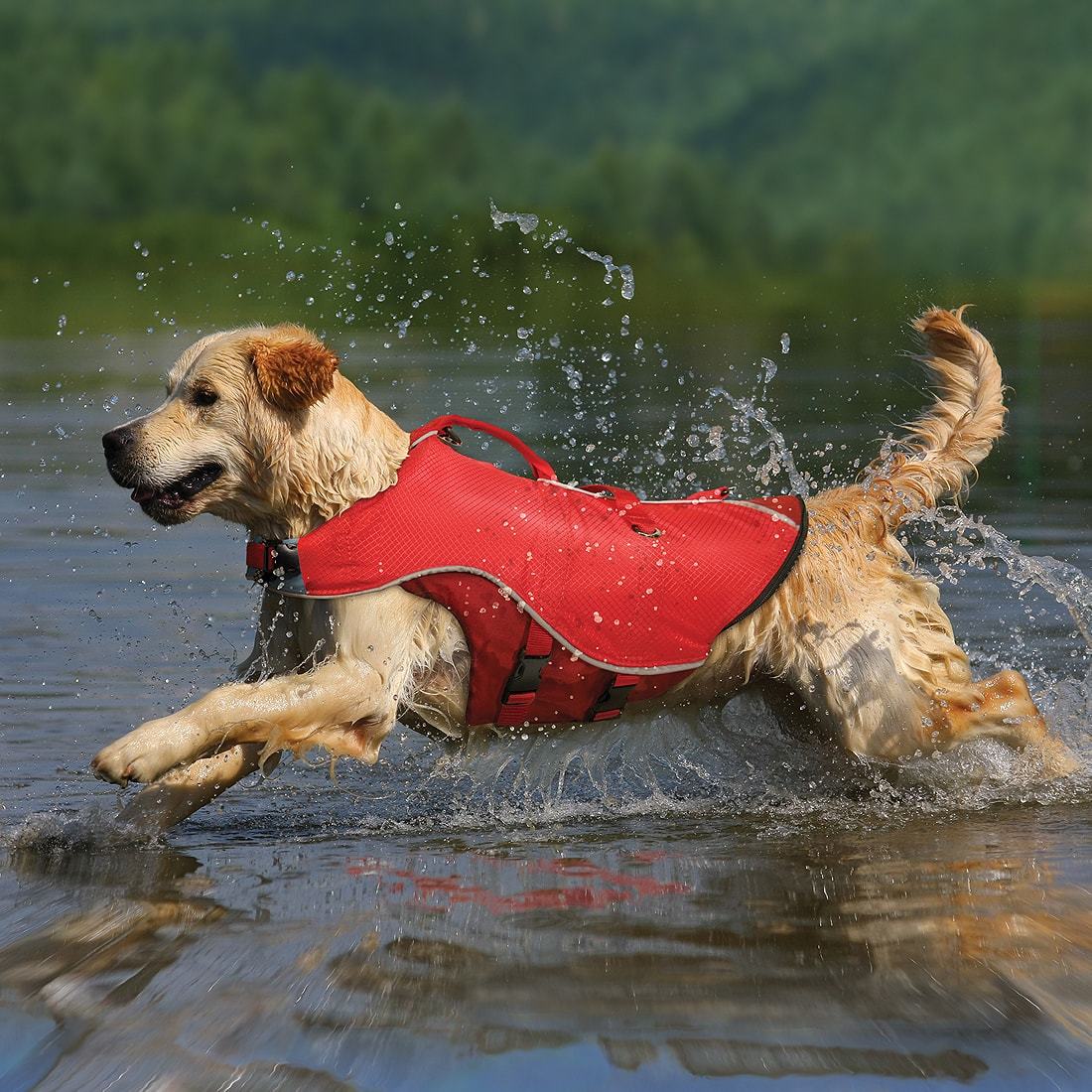Interstate Transport of Four More Snakes Banned
Tom Mazorlig //July 1, 2015//
In March of 2015, U.S. Fish and Wildlife Service (FWS) listed four additional constrictor snake species as injurious under the Lacey Act.
While reptile keepers often refer to this listing as the constrictor ban, it is more properly referred to as the Constrictor Rule. This rule classifies a total eight species of constrictor snakes as injurious under the Lacey Act.
According to the FWS website, www.fws.gov, the Lacey Act makes it “unlawful to import, export, sell, acquire, or purchase fish, wildlife or plants that are taken, possessed, transported, or sold: 1) in violation of U.S. or Indian law, or 2) in interstate or foreign commerce involving any fish, wildlife or plants taken possessed or sold in violation of State or foreign law.”
The FWS also states that “species are added to the list of injurious wildlife to prevent their introduction or establishment and to protect the health and welfare of humans; the interests of agriculture, horticulture or forestry; and the welfare and survival of wildlife resources.”
This classification of the snake species as injurious makes interstate transportation and commerce and importation of these species into the United States illegal. Four species of snakes were originally listed under this law in 2012: Burmese and Indian python (listed as subspecies of same species), northern African python, southern African python and yellow anaconda.
In March of 2015, four additional snakes were added to this classification: reticulated python, DeSchauensee’s anaconda, green anaconda and Beni anaconda. This change was effective as of April 2015.
“This rule change did not create a ban on the ownership of any of these species,” said Phil Goss, president of United States Association of Reptile Keepers (USARK). “The only ban is on the mentioned movement of these species. Intrastate keeping, breeding, selling and transportation remain legal (assuming state and local laws allow). This regulation even made it illegal to take a listed snake to a specialty herp veterinarian in another state or take an animal along should your family move, as that is interstate transportation.”
USARK has been at the forefront of the fight against the listing of these snakes as injurious.
“USARK was successful in receiving a preliminary injunction on enforcement of the rule for reticulated pythons and green anacondas,” said Goss.
According to him, the injunctive relief was granted in D.C. Circuit Court and went into effect on June 2, 2014.
“The scope of the injunction is limited,” said Goss. “Domestic imports and transportation into Texas and Florida are excluded from the injunction. These two states were limited as the science used to justify these listings claims that small portions of those states have potentially habitable climate for the two species. The injunction is also limited to listed plaintiffs and USARK members.”
DeSchauensee’s anaconda and the Beni anaconda are not known to be in the U.S. pet trade. The other snakes are kept and bred, although all except the Burmese python are uncommon in pet stores.
According to Goss, this does not mean that pet stores and the wider pet-loving community shouldn’t be concerned.
“There are many reasons pet shops, pet owners and anyone else in the pet community should be concerned with the Constrictor Rule,” he said. “This regulation is based upon bad science and is complete federal overreach. This atrocious science claimed that Burmese pythons can ‘find comfortable climatic conditions’ in parts of Maryland, Kansas and roughly one-third of the 48 contiguous states. Winters in all but southern Florida will decimate these snakes. It should be extremely troubling to all Americans that science this lousy is used to justify our laws.”


















